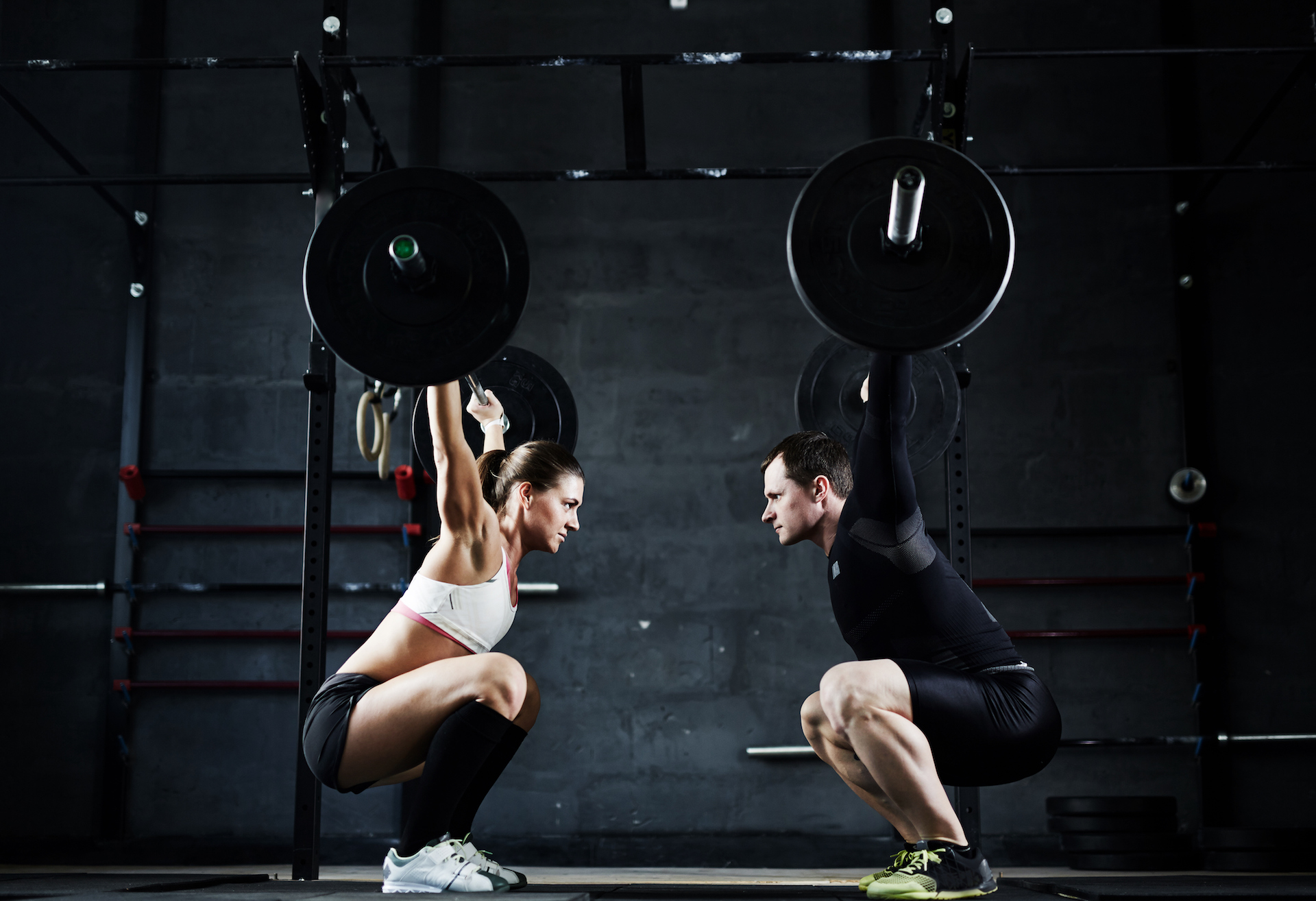
Summer is finally here! That means it is time for fun outdoor sports like tennis, baseball, outdoor running, volleyball and more! With that, however, comes the not so-fun sports injuries like tennis elbow and runner’s knee. Repetitive movements cause the muscles and tendons to be overused which eventually leads to tiny tears. These micro-tears cause inflammation, which can be extremely painful and debilitating. Left untreated, the injury can worsen and take months to heal. Whole body cryotherapy can systematically help combat inflammation, and localized spot cryotherapy can do wonders on sports injuries! Here are some common sports injuries, and how whole body cryotherapy and localized cryotherapy can help facilitate healing:
Tennis Elbow
Tennis elbow is characterized by pain on the outside, lateral aspect of the elbow. Gripping a racquet and repetitive stroke motions can result in over-usage of the muscle, and this over time causes tennis elbow. Additionally, having poor technique or gripping the racquet too tightly can exasperate the injury further.
Along with rest of the injured site, "cryotherapy is the most effective treatment for tennis elbow" (1). It is a safe, effective treatment to decrease inflammation significantly and help with pain management.
Tennis players are not the only ones who suffer from tennis elbow: carpenters, plumbers, and racquetball players can all feel the effects, too.
Golfer’s Elbow/Little League Elbow
Golfer’s elbow, also known as little league elbow, is characterized by pain to inside, medial aspect of the elbow. The pain centers along the bony bump on the inside of your elbow and may radiate into the forearm. Many baseball players and golfers tend to endure this injury due to the repetitive motion of the strokes.
Inflammation at the injured site begins during the acute stage of the pain and/or injury. Cryotherapy treatments should begin immediately during the acute phase (3). Cryotherapy is recommended during the acute phase to help heal the injury as quickly as possible.
Runner’s Knee
Racquet and club-swinging athletes are not the only individuals who are prone to injuries. Runners also endure pain and injuries from over-use. With summer in full swing, runners are out and about training for marathons, 5k’s and more. Runner’s knee, also known as Patellofemoral Pain Syndrome (PFPS), accounts for 1 in every 6 injuries for runners (4). If you are a runner you have likely heard of someone who suffered from runner’s knee or have experienced it yourself. The injury is characterized by a dull or shooting pain behind the kneecap. The inflammation around the knee can worsen the pain.
Cryotherapy helps runner’s knee by significantly reducing inflammation and lactic acid build up.
In fact, whole body cryotherapy treatments can start before an injury even occurs. It is recommended for runners to perform cryotherapy treatments after workouts to decrease to risk of injury and increase recovery time. In a study where runners were given whole body cryotherapy treatments after exercise, there was a significant reduction in the amount of muscle damage 1 hour, 24 hours, and 48 hours post-workout (4). These findings indicate the importance of using cryotherapy treatments after workouts and training to aid in injury prevention.

Sprained Ankle
An ankle sprain is another common injury in runners, tennis players, football players, and others who stay active in these warm summer months. A sprained ankle can be very painful and make it difficult to continue every-day activities. The ankle becomes inflamed and swollen immediately after injury. Cryotherapy is an effective treatment for reducing pain and inflammation. In one study, participants were given intermittent cryotherapy sessions and found that it significantly improved pain and mobility one week after treatment (5).
Common treatment of a sprained ankle includes traditional icing; however, did you know that whole body cryotherapy can help as well? It can be a wonderful addition to the treatment of a sprained ankle and can reduce the recovery time significantly.
Whole Body Cryotherapy and Localized Cryotherapy for Recovery
Along with traditional recovery methods such as RICE (Rest, Ice, Compression, Elevation) and physical therapy, whole body cryotherapy and localized cryotherapy can significantly improve healing time for injuries. Whole body cryotherapy can help an injury by combating inflammation using a systematic, physiological approach.
In a short 2-3 minute treatment you’ll see the following benefits: improved injury healing time, reduction of whole body oxidative stress, reduced overall inflammation, improved cellular metabolism, stimulated immune system, release of endorphins, improved circulatory system, and more!
Addressing pain and inflammation using a “whole body” approach can be combined with localized spot cryotherapy to improve healing. Using a controlled beam of liquid nitrogen, localized spot cryotherapy specifically targets the injured site to reduce the skin temperature to approximately 50-60 degrees Fahrenheit during a 4-10 minute session (dependent on the location of the injured site). The extreme cold temperatures can achieve greater physiological benefits than using traditional ice packs by significantly reducing treatment duration and lengthening pain control.
Why is this information important? Most people do not take time to apply ice to their injury for the recommended 20 minutes daily. Therefore, whole body cryotherapy and localized cryotherapy are great ways to get all the benefits of icing in only 3-10 minutes!
Whether it’s tennis elbow, golfer’s elbow, runner’s knee, a sprained ankle, or any other inflammation-induced injury--whole body cryotherapy and localized cryotherapy can help! We also have a great article that explains how often you should be using Whole Body Cryotherapy treatments here. Stop by or call us today to talk to our knowledgeable staff and schedule an appointment!